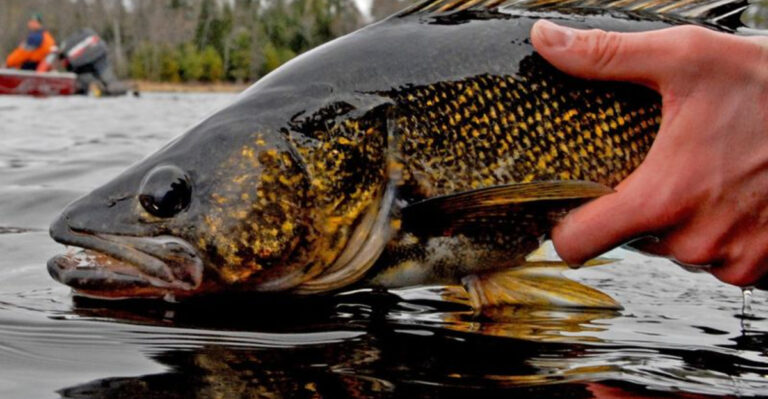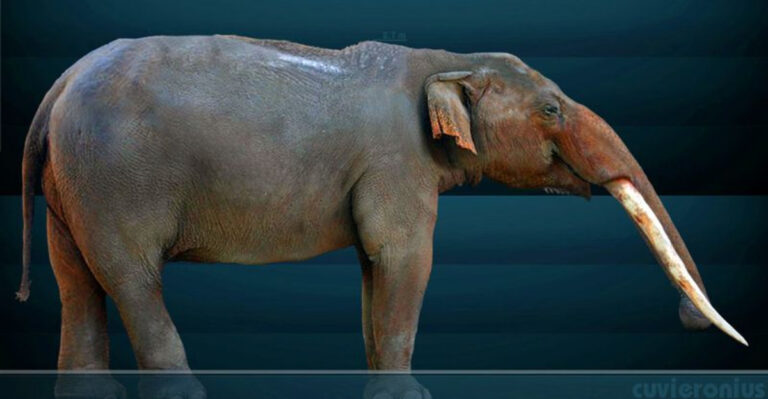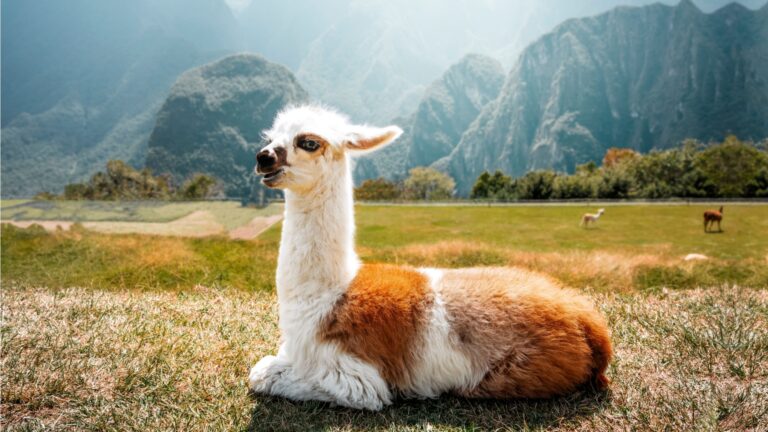15 Prehistoric Animals That Are NOT Dinosaurs
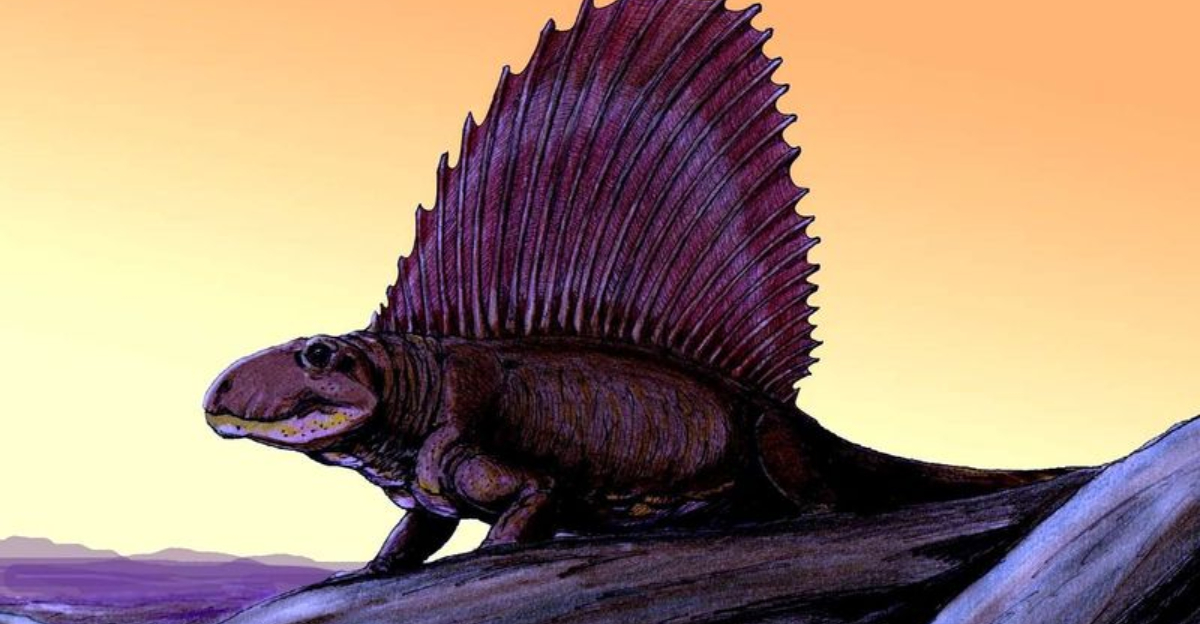
When we think about prehistoric animals, dinosaurs usually steal the spotlight. But Earth’s ancient history was filled with incredible creatures that weren’t dinosaurs at all!
Many people mistakenly label any prehistoric creature as a dinosaur, but true dinosaurs had specific features like upright legs and lived during specific time periods.
1. Megalodon
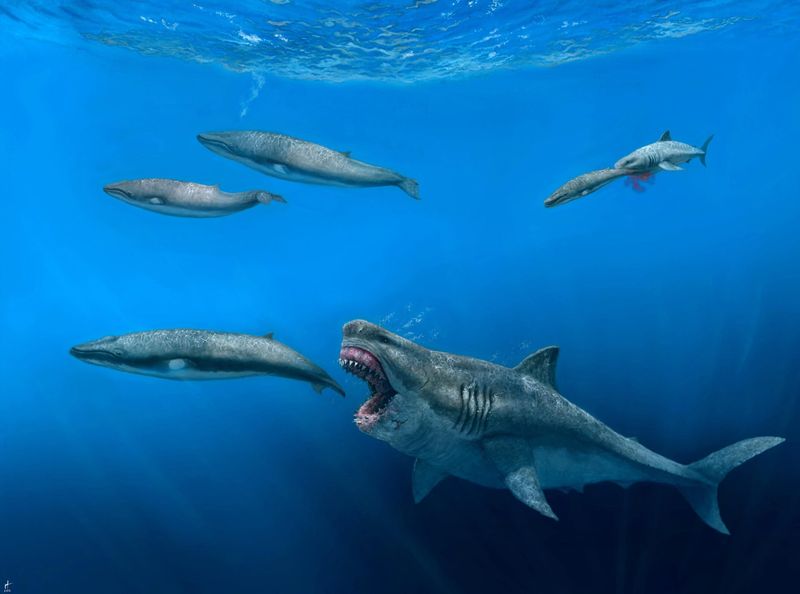
Imagine a shark the size of a school bus with teeth bigger than your hand! Megalodon ruled the ancient oceans between 23 and 3.6 million years ago, long after dinosaurs disappeared.
These massive predators could grow up to 60 feet long and had jaws powerful enough to crush a whale’s skull. Scientists estimate they needed to eat about 2,500 pounds of food daily just to sustain themselves.
Though often portrayed in movies as dinosaur contemporaries, megalodons actually missed the dinosaur era by millions of years, making them prehistoric but definitely not dinosaurs.
2. Woolly Mammoth
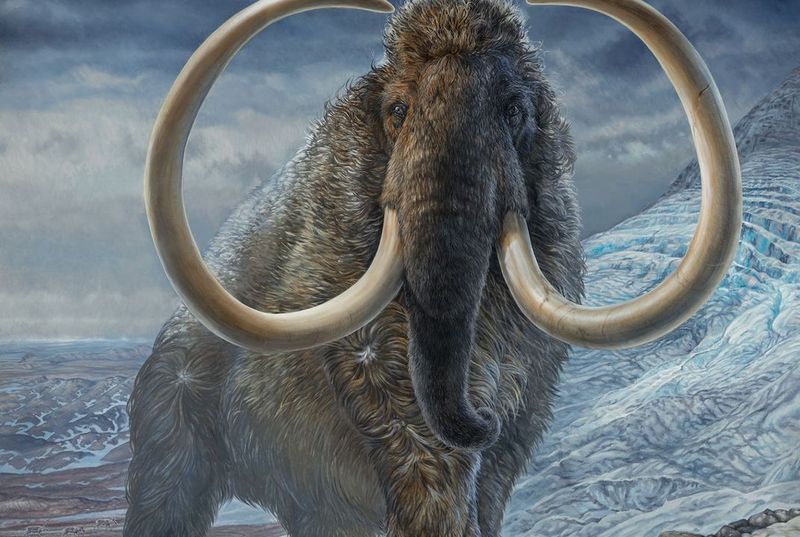
Standing 13 feet tall at the shoulder with magnificent curved tusks reaching 15 feet long, woolly mammoths were impressive ice age giants. These shaggy relatives of modern elephants roamed the frozen tundra of Eurasia and North America until just 4,000 years ago.
Perfectly adapted for cold climates, they had thick fur coats, small ears to prevent heat loss, and a fatty hump for energy storage. Some mammoths have been found so well-preserved in ice that scientists could still identify their last meal!
Early humans actually hunted these creatures and depicted them in cave paintings.
3. Saber-Toothed Tiger
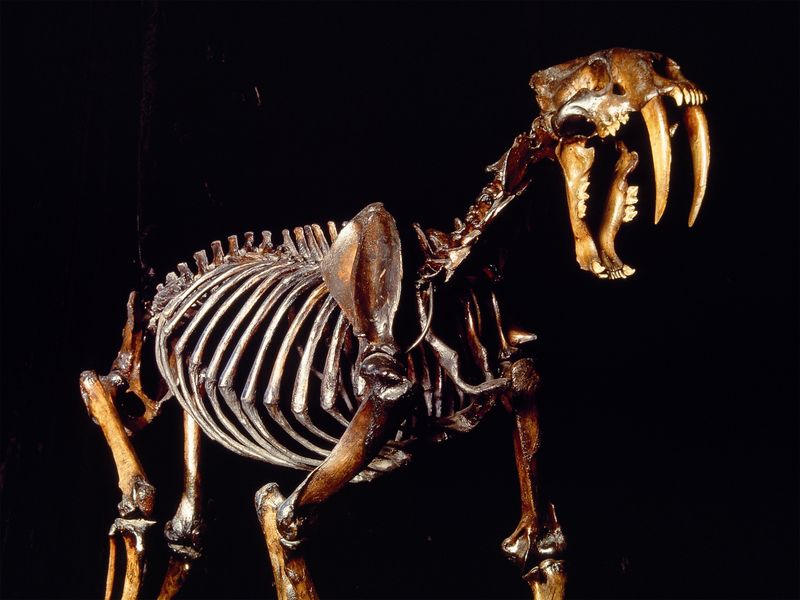
Despite its popular name, this fearsome predator wasn’t actually a tiger! Smilodon, as scientists call it, prowled North and South America between 2.5 million and 10,000 years ago, sporting iconic curved canine teeth that could grow up to 11 inches long.
With a stocky build more like a bear than a modern cat, these hunters had exceptionally powerful front limbs for taking down prey much larger than themselves. Their bite force was actually weaker than today’s lions, but they used their teeth like daggers.
Thousands of their skeletons have been found in the La Brea Tar Pits in Los Angeles.
4. Dimetrodon

Often mistaken for a dinosaur because of its dramatic sail-like back, Dimetrodon actually went extinct 40 million years before dinosaurs even appeared! This reptile-like creature lived during the Permian period, about 295-272 million years ago.
The impressive sail on its back was made of elongated spines connected by skin, possibly used to regulate body temperature or for mating displays. Fascinatingly, Dimetrodon is more closely related to mammals than to dinosaurs or lizards.
As a top predator of its time, it had different-sized teeth (hence the name, meaning “two measures of teeth”) for different functions.
5. Giant Ground Sloth
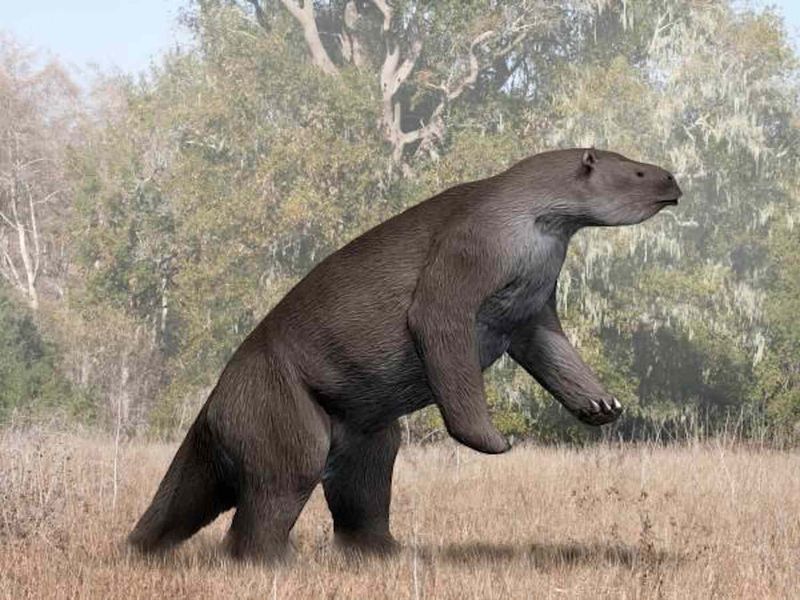
Picture a sloth the size of an elephant standing upright on its hind legs to reach tree branches! Megatherium, the giant ground sloth, lived in South America until about 10,000 years ago and could reach heights of 20 feet when standing.
Unlike their slow-moving modern relatives, these massive beasts weighed up to 4 tons and had huge claws that were used not just for pulling down branches but possibly for defense against predators like saber-toothed cats. They were herbivores with strong jaws and teeth designed for grinding tough plant material.
Some scientists believe humans may have contributed to their extinction through hunting.
6. Pterosaurs
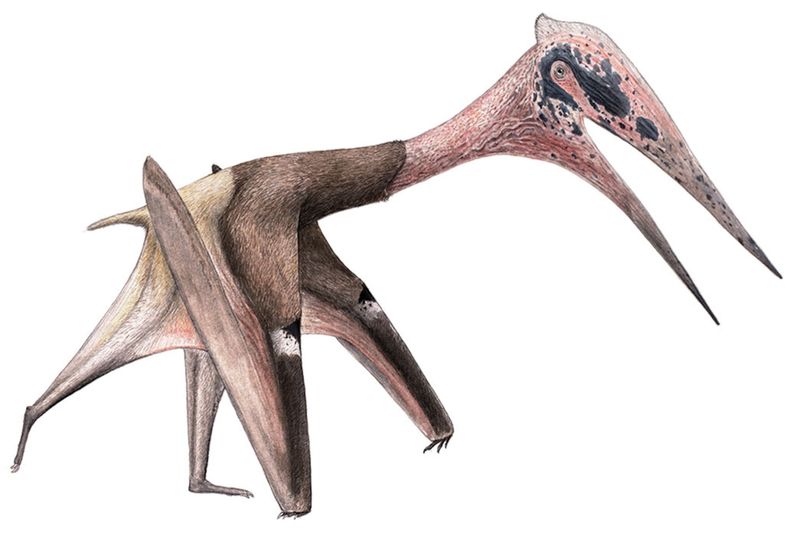
Soaring through prehistoric skies with wingspans reaching up to 40 feet, pterosaurs were the first vertebrates to evolve powered flight! While often lumped together with dinosaurs in popular culture, these flying reptiles formed their own distinct group.
From the tiny Anurognathus (size of a sparrow) to the massive Quetzalcoatlus (as tall as a giraffe when standing), pterosaurs came in astonishing varieties. Their bodies were covered not with feathers but with a fur-like covering called pycnofibers.
Many had hollow bones and incredibly lightweight skeletons that allowed them to achieve flight despite their sometimes enormous size.
7. Mosasaurus
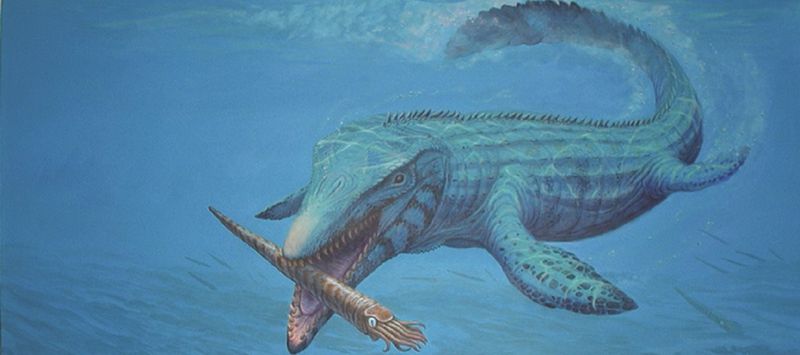
Made famous by the Jurassic World movies, Mosasaurus was a real marine predator that dominated the oceans during the Late Cretaceous period. Growing up to 50 feet long, these massive sea monsters were actually giant marine lizards, more closely related to modern monitor lizards and snakes than to dinosaurs.
Armed with double-hinged jaws lined with razor-sharp teeth, they could swallow prey whole or tear larger victims to pieces. Their bodies were streamlined for swimming, with paddle-like limbs and a powerful tail fin.
Fossil evidence shows they ate everything from fish and ammonites to sea turtles and even other mosasaurs!
8. Megatherium
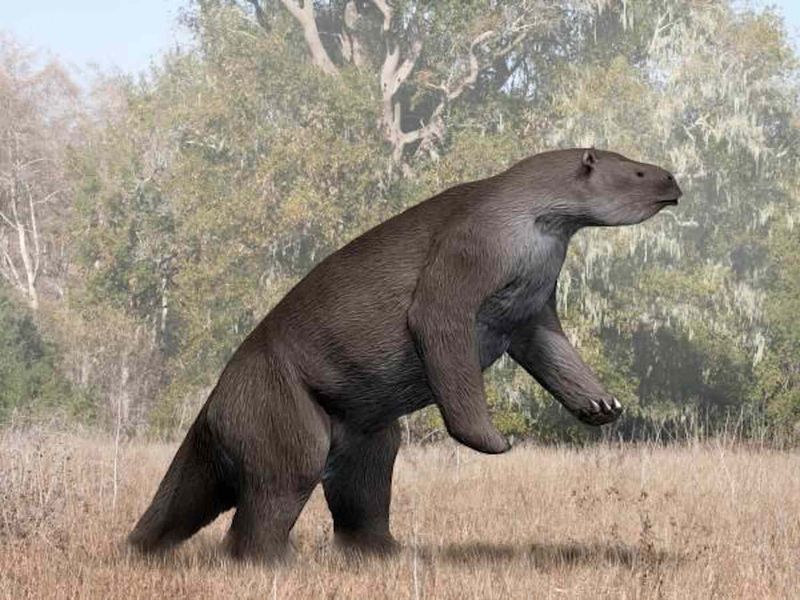
Nicknamed the “giant sloth bear,” Megatherium was one of the largest land mammals ever to walk Earth. These gentle giants stood nearly 15 feet tall when reaching for vegetation and weighed as much as an elephant!
Despite their intimidating size and huge claws that could span a foot in length, they were peaceful herbivores that browsed on leaves and twigs. Their massive, pillar-like legs supported their enormous weight, while their strong tails helped them balance when standing upright.
Megatherium disappeared around 10,000 years ago, coinciding with the arrival of human hunters in their South American habitat.
9. Titanoboa
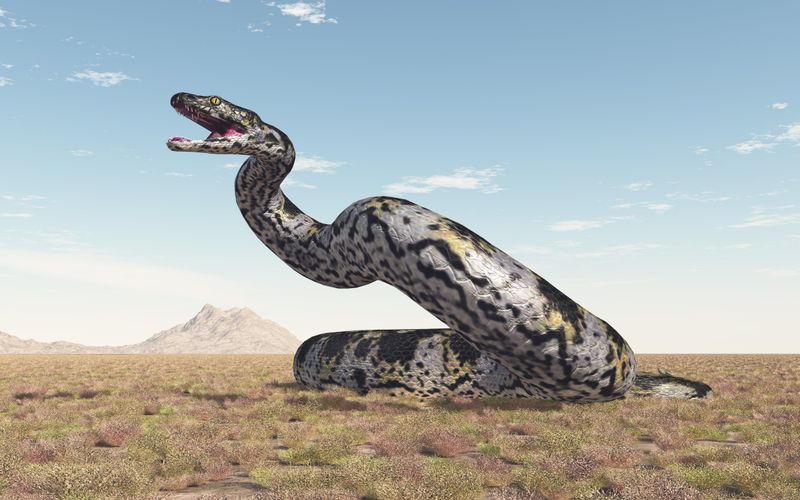
Slithering through the ancient rainforests of South America about 60 million years ago, Titanoboa was the largest snake ever discovered. At up to 50 feet long and weighing over a ton, this massive serpent makes today’s anacondas look tiny by comparison!
Living after the dinosaurs went extinct, Titanoboa thrived in the hot, humid climate of prehistoric Colombia. Scientists believe it hunted like modern constrictors, squeezing prey with a force equal to having 1.5 tons of pressure applied to your body.
Its massive size tells us something important about ancient Earth: the tropics must have been much hotter than previously thought.
10. Plesiosaurs
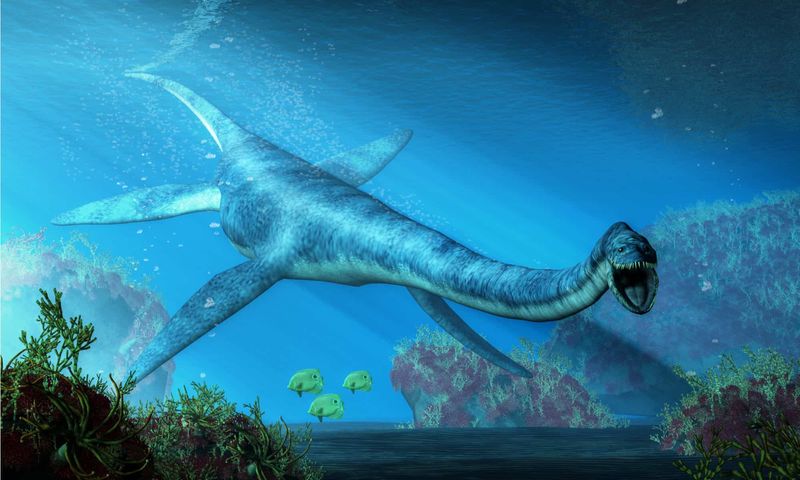
With their long necks, tiny heads, and four powerful flippers, plesiosaurs looked like nothing alive today! These marine reptiles swam the world’s oceans for over 135 million years, appearing in the Triassic period and surviving until the mass extinction that wiped out the dinosaurs.
Some species had necks containing over 70 vertebrae—more than any other animal known. Their unique body design made them excellent swimmers, using their flippers like underwater wings to “fly” through the water rather than wiggling like fish.
Interestingly, plesiosaurs gave birth to live young instead of laying eggs like most reptiles.
11. Arthropleura
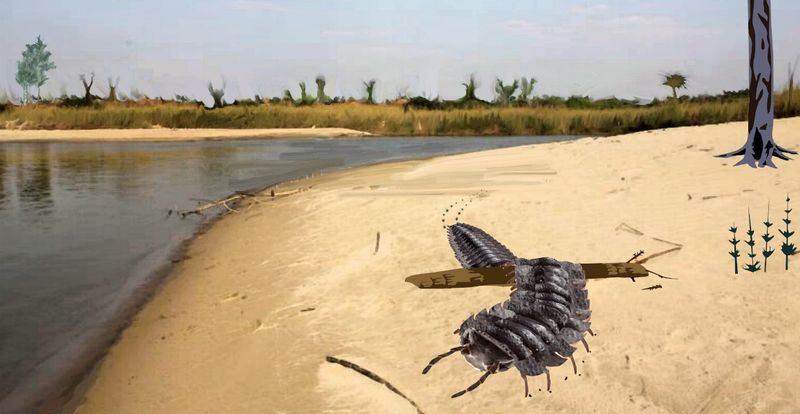
Imagine a millipede the size of a car! During the Carboniferous period about 300 million years ago, when oxygen levels were much higher than today, Arthropleura grew to be the largest known land invertebrate ever, reaching lengths of 8.5 feet.
This giant relative of modern millipedes and centipedes had a segmented body covered with a hard exoskeleton. Despite its intimidating size, fossil evidence suggests it was actually herbivorous, munching on the abundant plant matter in the swampy forests of its time.
The high oxygen levels during this period allowed arthropods to grow to enormous sizes that would be impossible today.
12. Meganeura
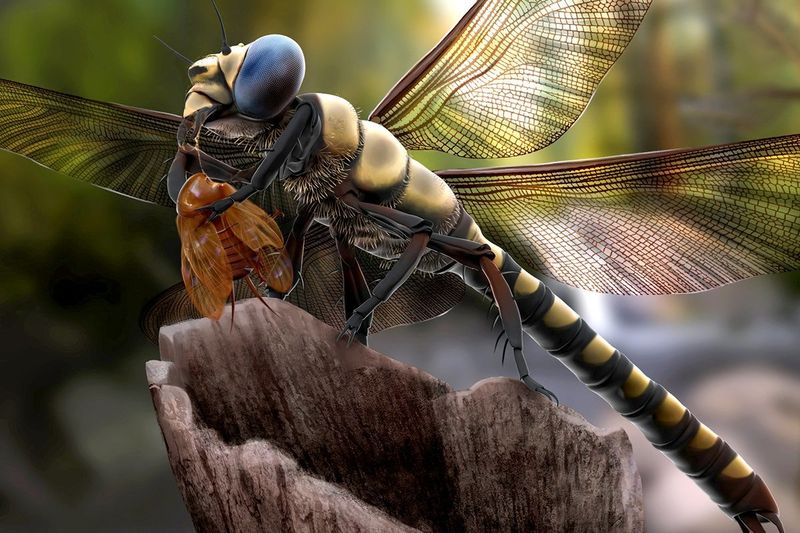
Buzzing through prehistoric skies about 300 million years ago was Meganeura, a dragonfly-like insect with a wingspan stretching over two feet across! This giant insect lived during the same oxygen-rich Carboniferous period that produced other oversized bugs.
With no flying predators yet evolved, these aerial hunters dominated the skies, zipping around ancient swamps and forests. Their massive compound eyes gave them excellent vision for spotting smaller insects to prey upon.
Scientists debate how such massive insects could fly, but the higher oxygen levels of their era likely supported their energy-demanding flight muscles in ways impossible in today’s atmosphere.
13. Placoderms

Before sharks ruled the seas, placoderms were the ocean’s top predators! These armored fish dominated aquatic environments from 430 to 360 million years ago, with some species like Dunkleosteus growing to 30 feet long.
Instead of teeth, placoderms had sharp bony plates that formed a beak-like structure capable of delivering devastating bites. Their heads and thoraxes were covered in thick armor plates, while their tails remained flexible for swimming.
As the first known vertebrates to develop jaws and paired mating behaviors, placoderms represent a crucial evolutionary step toward modern vertebrates, including humans!
14. Glyptodon
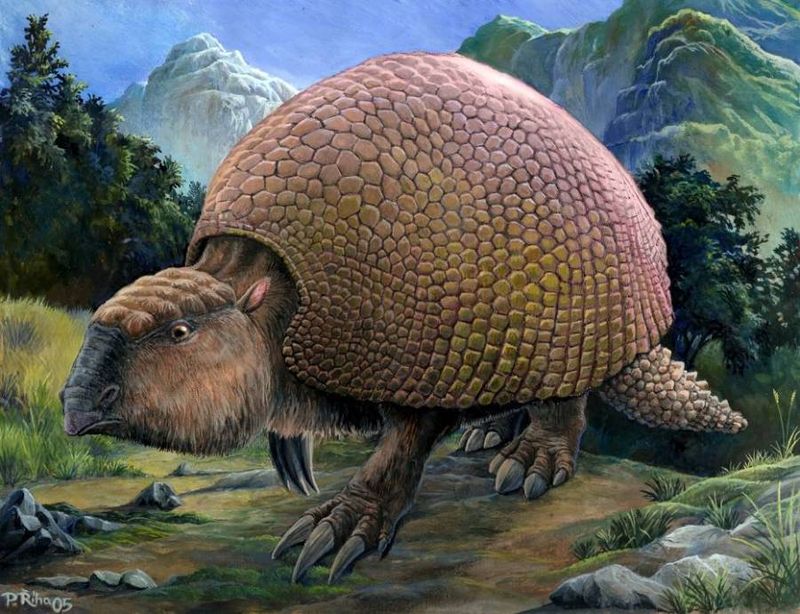
Looking like a Volkswagen Beetle with scales, Glyptodon was the prehistoric equivalent of today’s armadillos—except it weighed nearly two tons! These remarkable mammals roamed South America during the Pleistocene epoch until about 10,000 years ago.
Protected by a solid dome-shaped shell made of bony plates, Glyptodons were herbivores that grazed on grasses and plants. Their tails were covered in bony rings, and some species had spike-tipped tails they could swing as defensive weapons.
Evidence suggests early humans not only hunted these creatures for food but sometimes used their empty shells as shelters during harsh weather!
15. Inostrancevia
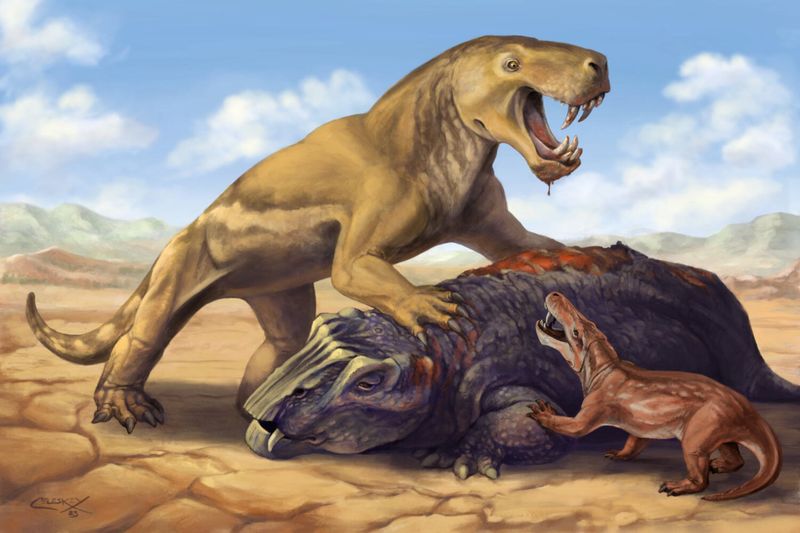
Before mammals ruled the Earth, their ancient relatives called therapsids dominated the landscape. Inostrancevia was one of the most fearsome—a saber-toothed predator from Russia that lived about 260 million years ago, well before the first dinosaurs.
Growing up to 10 feet long, this creature had a mix of reptilian and mammalian features. Its skull housed powerful jaw muscles and impressive canine teeth for bringing down prey. Despite its fearsome appearance, Inostrancevia represents an important evolutionary link toward mammals.
The world it inhabited was recovering from the worst mass extinction event in Earth’s history, which had wiped out 96% of marine species.

